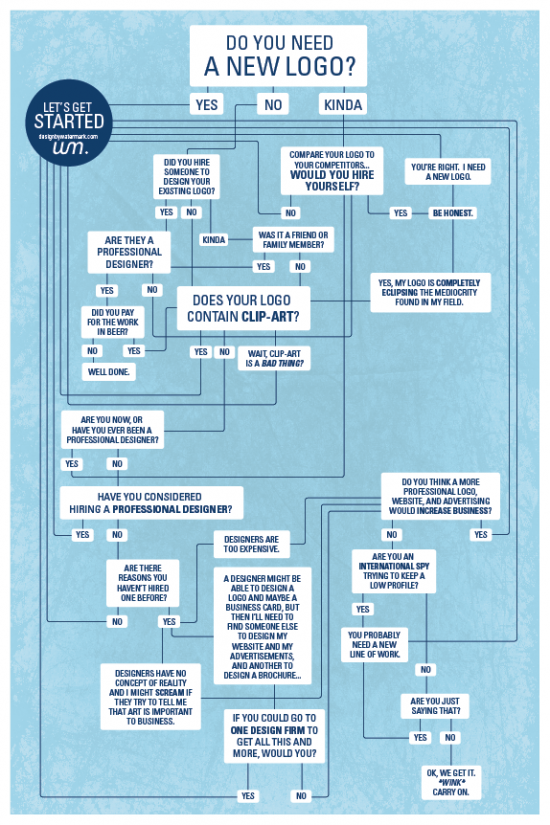This may just be the former PR professional in me. But, I’m a big fan of ministry gimmicks. I love a good “love” gimmick (with a caveat that it actually has to be matched by the real thing).
When I was involved in AFES at uni we used to take the “shock and awe” approach to promoting our mission weeks. The process basically went:
1. Put up a controversial poster.
2. Put up a second controversial poster.
3. Hope somebody out there might be offended enough to put up a response poster.
4. Put up a poster promoting our talks/explaining our angle.
I think that was uni ministry marketing strategy 101, though I did hear about one group who dressed up as death (complete with scythe) and walked around the uni campus reminding people of their mortality.
That kind of gimmick, and the previously described “marketing strategy” doesn’t really do a lot for me. It doesn’t teach the people taking part anything except how to annoy people or put up posters. It is low cost, especially if you’re masked. I don’t think it really works.
One of our most effective gimmicks at uni was holding a shoe shining booth – we cleaned and polished people’s shoes while telling them about whatever event we had coming up – and explaining that we wanted to serve our uni community.
I’ve been thinking a bit lately about how churches can make positive contact with people they don’t know in their communities – and I reckon gimmicks are ideal for that. Like I said at the start – this only works if your church can actually back up the gimmick with substance, if you really do love your community and are prepared to put yourself out for them…
I think our “application” when it comes to the question of how we can serve others in Sunday School and in adult bible studies always ends up being a little inwards focused, or a bit “build it and they will come” – cooking a freezer full of meals that end up being distributed to your church family is a great way to serve one another, and kids promising to pick up their rubbish at home is also good (and a subset of “honouring your parents”). But I’m really keen for people to start thinking small about how they can meet non-Christians in a positive way, while obviously as Christians.
So here are three gimmicky ideas I’ve had (feel free to chuck some more in the comments).
1. Street Working Bee/Street Party – I like the idea of starting a community focus right outside the door of your building. Church buildings are brand assets because of their constant physical presence. If you can have all the people on your street thinking positive thoughts when they walk past, or look at, your building – then you’re on the way to getting them through the doors. But I digress. Here’s my idea – most churches have monthly working bees that attract a group of people willing to put in some hard yards to make the church facilities sparkle. Most houses in the street, and indeed most houses, would love to have a similar level of care and attention – so why not get our working bees serving others? Do the whole street. Send out fliers a month in advance advertising the availability of a few teams of workers and ask people to book in jobs. Hold a BBQ at the church at the end of the day.
2. Get matching shirts and hang out at the local supermarket offering to help people – If your church is near a shopping centre, or there’s a “local supermarket” that most of your congregation shop at, then that’s a great place to find other people who could be part of your congregation (geographically speaking). Shopping centres are our cultural Mecca. I was thinking getting a team of people obviously marked out as members of a church to hang out at the shops and offer to carry people’s bags to the car, that sort of thing, might be a really nice way to get some positive interactions happening. It’s a good chance to talk to people (and you can subtly check out what people are spending their time and money on as a way of exegeting your suburb).
3. Get your Sunday School to make something for the kids in the neighbourhood – we were talking, at Clayfield, about our new series of Church4Kids Material, which includes a lesson on service. I don’t think my suggestion made the cut – but I reckon a great way to model service for kids, and a great way to “love” our neighbours, would be for the kids to help make up a massive batch of playdough, portion it up into containers, and have the leaders deliver it to houses in the streets around the church who have kids – complete with a little card explaining why the kids at church thought the kids not at church might like some playdough, and how it’s all about serving Jesus.
What are your thoughts on employing such obvious gimmicks as a means for sharing the gospel?







How to tell the internet to shut up
Comments are what makes the social internet go round – but they also are a classic example of the signal v noise aspect of effective communication. Annoyingly long comment threads obscure much goodness. You can, though I don’t recommend it, block comments from almost every site you visit around the world wide web, by installing this code snippet in your browser.
It comes with a warning:
Warning:
The stylesheet blindly hides blocks with IDs like “comments”, which could have unexpected side effects. (I’m told it hides the “discussion” section of Bugzilla installations, for example.) Disable shutup.css if you think you might be missing important page content.
Unlike the guy who wrote this plug-in – I like and value your comments, and would appreciate more of them…
July 30, 2010